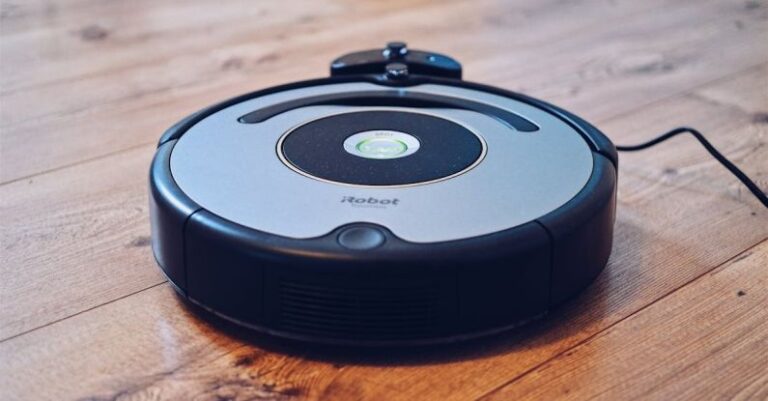
In recent years, the construction industry has seen a significant transformation with the integration of robotics into various processes. These advanced technologies are revolutionizing the way buildings are designed, constructed, and maintained. From automated machinery to drones and 3D printing, robotics are reshaping the construction landscape and driving efficiency, safety, and innovation.
**Enhancing Safety and Efficiency**
One of the primary advantages of robotics in construction is the enhancement of safety for workers. By automating repetitive and dangerous tasks, robots can reduce the risk of accidents on construction sites. For instance, drones equipped with cameras can be used to inspect hard-to-reach areas of a building, eliminating the need for workers to climb ladders or scaffolding. This not only improves safety but also increases efficiency by providing real-time data on the project’s progress.
**Precision and Accuracy**
Robotic systems are known for their precision and accuracy, which is crucial in the construction industry. Whether it’s laying bricks, pouring concrete, or welding steel beams, robots can perform these tasks with unparalleled accuracy, resulting in higher quality construction projects. This precision not only ensures that buildings are structurally sound but also reduces material waste, leading to cost savings for construction companies.
**Automation of Labor-Intensive Tasks**
Robots are capable of taking on labor-intensive tasks that would typically require a significant amount of time and manpower. For example, robotic bricklayers can lay bricks at a much faster pace than human workers, increasing the speed of construction projects. Similarly, 3D printing technology is being used to create entire buildings in a fraction of the time it would take using traditional construction methods. By automating these tasks, construction companies can complete projects more quickly and efficiently.
**Integration of Artificial Intelligence**
Artificial intelligence (AI) plays a crucial role in the robotics revolution in the construction industry. AI-powered systems can analyze vast amounts of data to optimize construction processes, predict potential issues, and improve decision-making. For example, AI algorithms can assess the structural integrity of a building design and make recommendations for improvements to ensure the safety and longevity of the structure. This level of intelligence allows construction companies to build smarter and more resilient buildings.
**Sustainability and Green Construction**
Robotics are also driving sustainability in the construction industry by enabling the use of eco-friendly materials and practices. 3D printing technology, for instance, allows for the recycling of construction waste into new building components, reducing the environmental impact of construction projects. Additionally, robots can be programmed to optimize energy usage in buildings, leading to increased energy efficiency and reduced carbon emissions. As the demand for green construction practices grows, robotics will play a vital role in achieving sustainable and environmentally friendly building projects.
**The Future of Construction**
The integration of robotics in the construction industry is transforming the way buildings are designed, constructed, and maintained. From enhancing safety and efficiency to automating labor-intensive tasks and driving sustainability, robots are revolutionizing every aspect of the construction process. As technology continues to advance, we can expect to see even more innovative applications of robotics in construction, leading to smarter, greener, and more efficient buildings. The future of construction is undoubtedly robotic, and the possibilities are limitless.





